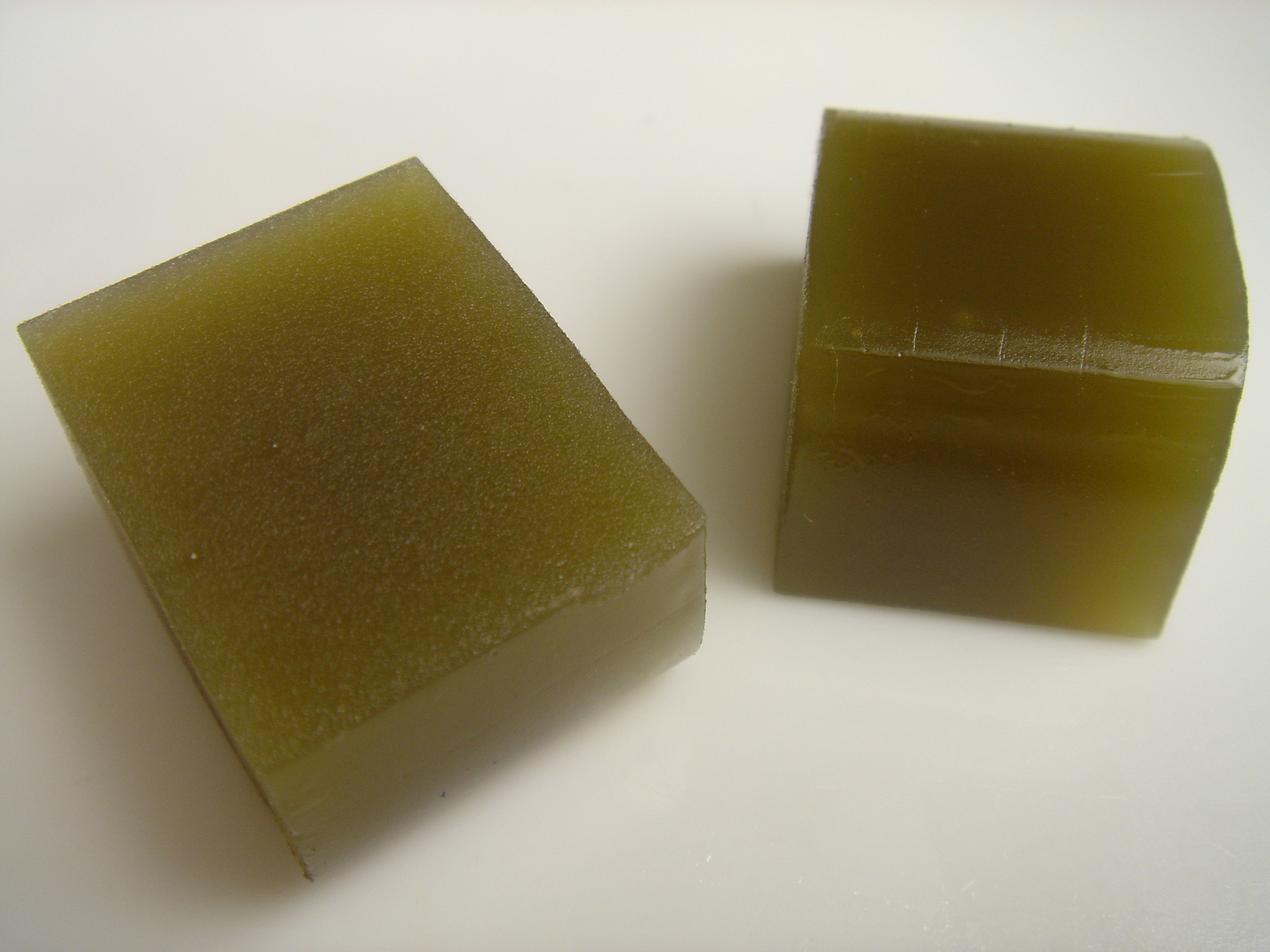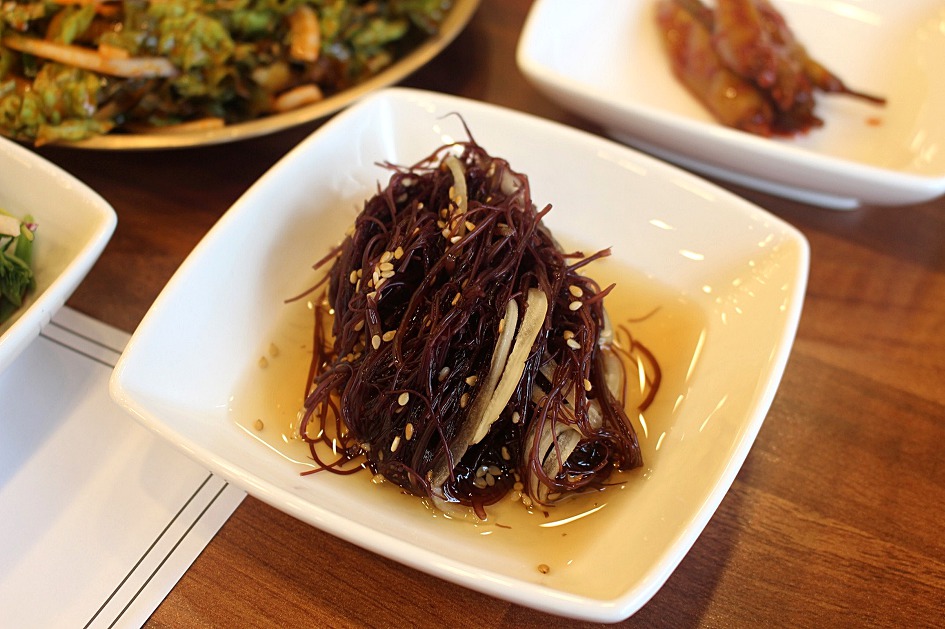|
Agarophyte
An agarophyte is a seaweed, usually a red alga, that produces the hydrocolloid agar in its cell walls. This agar can be harvested commercially for use in biological experiments and culturing. In some countries (especially in the developing world), the harvesting of agarophytes, either as natural stocks or a cultivated crop, is of considerable economic importance. Notable genera of commercially exploited agarophytes include ''Gracilaria'' and ''Gelidium'' (such as ''Gelidium amansii'' and ''Gelidium corneum''). References Seaweeds {{Rhodophyta-stub ... [...More Info...] [...Related Items...] OR: [Wikipedia] [Google] [Baidu] |
Gelidium Amansii 216164294
''Gelidium'' is a genus of thalloid red algae comprising 134 species. Its members are known by a number of common names.Recorded common names are tengusa, makusa, genso, niu mau tsai, japansche scheleiachtige mos, steen-or klipbloem, hay tsay, olus marinus, sajur laut, tschintschau, tschoo-hoae, onikusa, hirakusa, obusa, rødalge-slaegt, gelídeos, punalevä-suku, tokoroten, kanten, tokoro-tengusa, kinukusa, isingglass, hai-ten-gusa, tocoroten, tengusa-agar, limu lo-loa, hai-tengusa, onigusa, oyakusa, kanten weed, goumaocai, hime tengusa, shihua and tanmae. Description and life cycle Specimens can reach around in size. Branching is irregular, or occurs in rows on either side of the main stem. ''Gelidium'' produces tetraspores. Many of the algae in this genus are used to make agar. Agarocolloids are known to be extracted in algae belonging to the orders Gracilariales and Gelidiales with certain applications in the food and cosmetics. Gelling properties often differ among ... [...More Info...] [...Related Items...] OR: [Wikipedia] [Google] [Baidu] |
Seaweed
Seaweed, or macroalgae, refers to thousands of species of macroscopic, multicellular, marine algae. The term includes some types of ''Rhodophyta'' (red), '' Phaeophyta'' (brown) and ''Chlorophyta'' (green) macroalgae. Seaweed species such as kelps provide essential nursery habitat for fisheries and other marine species and thus protect food sources; other species, such as planktonic algae, play a vital role in capturing carbon and producing at least 50% of Earth's oxygen. Natural seaweed ecosystems are sometimes under threat from human activity. For example, mechanical dredging of kelp destroys the resource and dependent fisheries. Other forces also threaten some seaweed ecosystems; for example, a wasting disease in predators of purple urchins has led to an urchin population surge which has destroyed large kelp forest regions off the coast of California. Humans have a long history of cultivating seaweeds for their uses. In recent years, seaweed farming has become a global ... [...More Info...] [...Related Items...] OR: [Wikipedia] [Google] [Baidu] |
Red Alga
Red algae, or Rhodophyta (, ; ), make up one of the oldest groups of eukaryotic algae. The Rhodophyta comprises one of the largest Phylum, phyla of algae, containing over 7,000 recognized species within over 900 Genus, genera amidst ongoing taxonomic revisions. The majority of species (6,793) are Florideophyceae, and mostly consist of multicellular, ocean, marine algae, including many notable seaweeds. Red algae are abundant in marine habitats. Approximately 5% of red algae species occur in freshwater environments, with greater concentrations in warmer areas. Except for two coastal cave dwelling species in the asexual class Cyanidiophyceae, no terrestrial species exist, which may be due to an evolutionary bottleneck in which the last common ancestor lost about 25% of its core genes and much of its evolutionary plasticity. Red algae form a distinct group characterized by eukaryotic cells without flagella and centrioles, chloroplasts without external endoplasmic reticulum or unstack ... [...More Info...] [...Related Items...] OR: [Wikipedia] [Google] [Baidu] |
Hydrocolloid
A colloid is a mixture in which one substance consisting of microscopically dispersed insoluble particles is suspended throughout another substance. Some definitions specify that the particles must be dispersed in a liquid, while others extend the definition to include substances like aerosols and gels. The term colloidal suspension refers unambiguously to the overall mixture (although a narrower sense of the word '' suspension'' is distinguished from colloids by larger particle size). A colloid has a dispersed phase (the suspended particles) and a continuous phase (the medium of suspension). The dispersed phase particles have a diameter of approximately 1 nanometre to 1 micrometre. Some colloids are translucent because of the Tyndall effect, which is the scattering of light by particles in the colloid. Other colloids may be opaque or have a slight color. Colloidal suspensions are the subject of interface and colloid science. This field of study began in 1845 by Francesco S ... [...More Info...] [...Related Items...] OR: [Wikipedia] [Google] [Baidu] |
Agar
Agar ( or ), or agar-agar, is a jelly-like substance consisting of polysaccharides obtained from the cell walls of some species of red algae, primarily from " ogonori" and " tengusa". As found in nature, agar is a mixture of two components, the linear polysaccharide agarose and a heterogeneous mixture of smaller molecules called agaropectin. It forms the supporting structure in the cell walls of certain species of algae and is released on boiling. These algae are known as agarophytes, belonging to the Rhodophyta (red algae) phylum. The processing of food-grade agar removes the agaropectin, and the commercial product is essentially pure agarose. Agar has been used as an ingredient in desserts throughout Asia and also as a solid substrate to contain culture media for microbiological work. Agar can be used as a laxative; an appetite suppressant; a vegan substitute for gelatin; a thickener for soups; in fruit preserves, ice cream, and other desserts; as a clarifying ... [...More Info...] [...Related Items...] OR: [Wikipedia] [Google] [Baidu] |
Cell Wall
A cell wall is a structural layer that surrounds some Cell type, cell types, found immediately outside the cell membrane. It can be tough, flexible, and sometimes rigid. Primarily, it provides the cell with structural support, shape, protection, and functions as a selective barrier. Another vital role of the cell wall is to help the cell withstand osmotic pressure and mechanical stress. While absent in many eukaryotes, including animals, cell walls are prevalent in other organisms such as fungi, algae and plants, and are commonly found in most Prokaryote, prokaryotes, with the exception of Mollicutes, mollicute bacteria. The composition of cell walls varies across taxonomic groups, species, cell type, and the cell cycle. In Embryophyte, land plants, the primary cell wall comprises Polysaccharide, polysaccharides like cellulose, hemicelluloses, and pectin. Often, other Polymer, polymers such as lignin, suberin or cutin are anchored to or embedded in plant cell walls. Algae exhibit ... [...More Info...] [...Related Items...] OR: [Wikipedia] [Google] [Baidu] |
Gracilaria
''Gracilaria'', also known as irish moss or ogonori, is a genus of red algae in the family Gracilariaceae. It is notable for its economic importance as an agarophyte meaning that it is used to make agar, as well as its use as a food for humans and various species of shellfish. Various species in the genus are cultivated among Asia, South America, Africa and Oceania. They produce over 90% of the world's agar. Taxonomy ''Gracilaria'' contains the following subtaxa: *'' Gracilaria abbottiana'' M.D.Hoyle *'' Gracilaria abyssalis'' Gurgel & Yoneshigue-Valentin *'' Gracilaria aculeata'' (Hering) Papenfuss *'' Gracilaria aggregata'' Hooker f. & Harvey *'' Gracilaria ambigua'' Greville *'' Gracilaria apiculata'' P.Crouan & H.Crouan ** ''Gracilaria apiculata'' subsp. ''candelabriformis'' Gurgel, Fredericq & J.N.Norris *'' Gracilaria apiculifera'' J.Agardh ** ''Gracilaria arcuata'' f. ''rhizophora'' Børgesen ** ''Gracilaria arcuata'' var. ''attenuata'' Umamaheswara Rao ** ''Gracilaria ... [...More Info...] [...Related Items...] OR: [Wikipedia] [Google] [Baidu] |
Gelidium
''Gelidium'' is a genus of thalloid red algae comprising 134 species. Its members are known by a number of common names.Recorded common names are tengusa, makusa, genso, niu mau tsai, japansche scheleiachtige mos, steen-or klipbloem, hay tsay, olus marinus, sajur laut, tschintschau, tschoo-hoae, onikusa, hirakusa, obusa, rødalge-slaegt, gelídeos, punalevä-suku, tokoroten, kanten, tokoro-tengusa, kinukusa, isingglass, hai-ten-gusa, tocoroten, tengusa-agar, limu lo-loa, hai-tengusa, onigusa, oyakusa, kanten weed, goumaocai, hime tengusa, shihua and tanmae. Description and life cycle Specimens can reach around in size. Branching is irregular, or occurs in rows on either side of the main stem. ''Gelidium'' produces tetraspores. Many of the algae in this genus are used to make agar. Agarocolloids are known to be extracted in algae belonging to the orders Gracilariales and Gelidiales with certain applications in the food and cosmetics. Gelling properties often differ among speci ... [...More Info...] [...Related Items...] OR: [Wikipedia] [Google] [Baidu] |
Gelidium Amansii
''Gelidium amansii'', also known as by its Korean name ''umutgasari'', is an economically important species of red algae commonly found and harvested in the shallow coast (3 to 10 m or 10 to 33 ft of depth below the water) of many East Asian countries including North and South Korea, China, Japan, Singapore, and northeast Taiwan. Description ''G. amansii'' can be purple, red, to yellowish-red because it contains the class of pigments known as phycobiliprotein. Its branching body is cartilaginous and can grow up to a height of 8 to 30 cm or 3 to 12 in. ''G. amansii'' may have four or five opposite, compound-lobed, pinnate leaves on each branch. It is uniaxial with an apical cell and whorled cells coming from the axial towards the exterior of the algae. The pith is compacted with apical cells and the epidermis is formed by rounded whorled cells. Uses ''G. amansii'' is an important food source in East Asian countries and has been shown to have medicinal effects on dietin ... [...More Info...] [...Related Items...] OR: [Wikipedia] [Google] [Baidu] |
Gelidium Corneum
''Gelidium'' is a genus of thalloid red algae comprising 134 species. Its members are known by a number of common names.Recorded common names are tengusa, makusa, genso, niu mau tsai, japansche scheleiachtige mos, steen-or klipbloem, hay tsay, olus marinus, sajur laut, tschintschau, tschoo-hoae, onikusa, hirakusa, obusa, rødalge-slaegt, gelídeos, punalevä-suku, tokoroten, kanten, tokoro-tengusa, kinukusa, isingglass, hai-ten-gusa, tocoroten, tengusa-agar, limu lo-loa, hai-tengusa, onigusa, oyakusa, kanten weed, goumaocai, hime tengusa, shihua and tanmae. Description and life cycle Specimens can reach around in size. Branching is irregular, or occurs in rows on either side of the main stem. ''Gelidium'' produces tetraspores. Many of the algae in this genus are used to make agar. Agarocolloids are known to be extracted in algae belonging to the orders Gracilariales and Gelidiales with certain applications in the food and cosmetics. Gelling properties often differ among ... [...More Info...] [...Related Items...] OR: [Wikipedia] [Google] [Baidu] |





